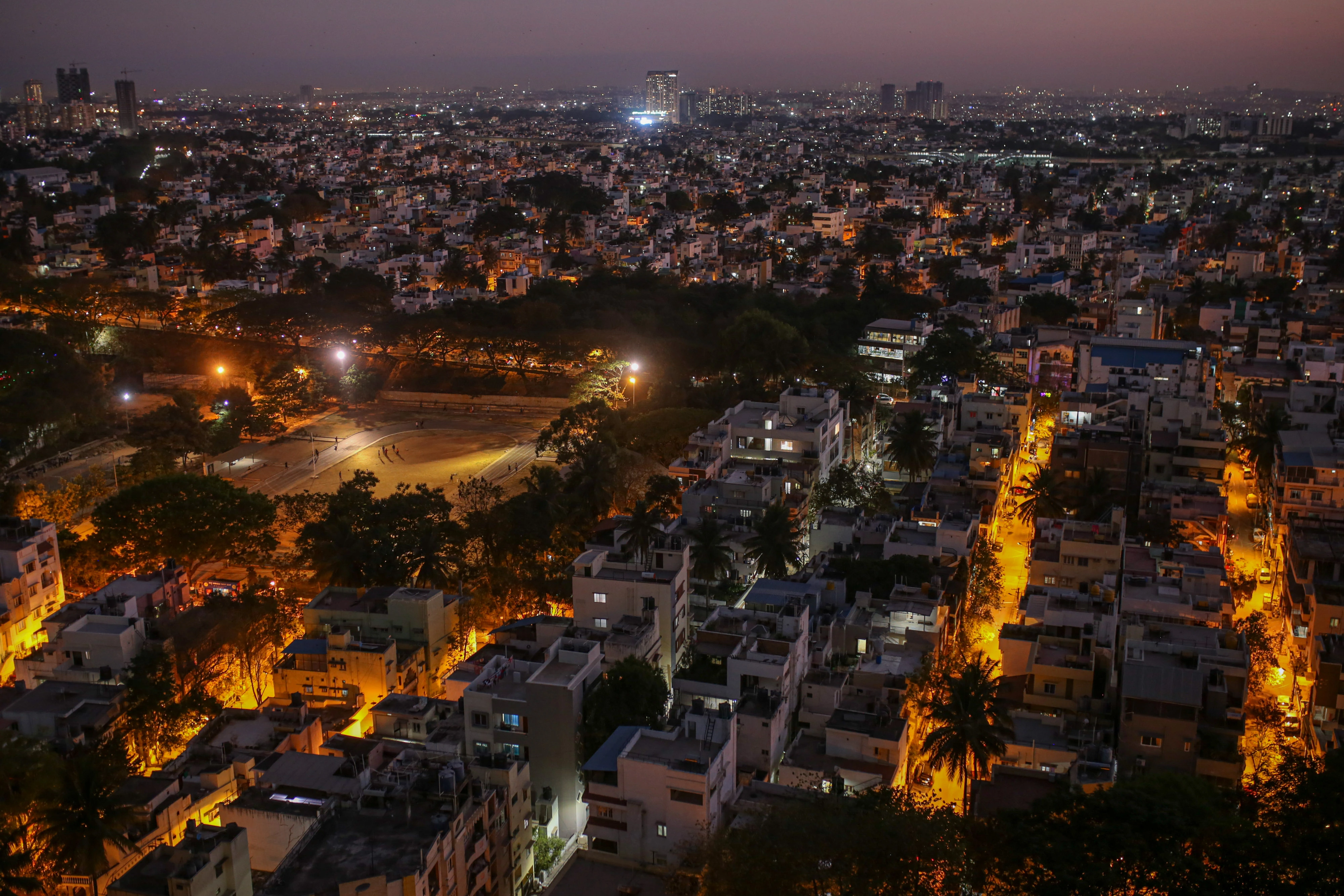https://www.lifegate.it/india-mobilita-elettrica-scooter-moto-riscio
- |
India is turning decisively towards electric mobility.Starting from the most popular two- and three-wheeled vehicles – scooters, motorcycles and rickshaw – used for logistics and for the transport of people in the crowded streets of their metropolises.What a few months ago became the most populous country in the world, after having surpassed China by almost 3 million units with 1.4286 billion inhabitants, is also becoming one of the markets of fastest growing electric vehicles globally.The road seems clear even if there are still several issues to resolve, starting with the use of fossil sources for the production of electricity and continuing with the extraction practices of the minerals needed to produce the components for battery-powered vehicles.
The city Bangalore is the beating heart of this revolution
According to the data of the International Energy Agency, the Indian market for vehicles "on tap" is in great turmoil, supported by a federal plan of 1.3 billion dollars which aims to encourage production and guarantee discounts to final buyers.Scooters, motorbikes and rickshaws represent 90 percent of the approximately 2.3 million electric vehicles in circulation, while last year over 50% of registrations of three-wheeled vehicles concerned battery-powered vehicles.

The phenomenon is particularly evident in the city of Bangalore, the center of the country's technological industry, where numbers have increased exponentially in recent years tech startups focused on low-emission transport.In the capital of the southern state of Karnataka, electric vehicles are increasingly being used to make deliveries or transport people.The advantage, as well as environmental, is first and foremost economic:in order to travel 50 miles, a rickshaw must be recharged for approximately 3 hours, at a cost of 60 rupees (0.72 US cents) compared to the 300 rupees needed to travel the same mileage with a diesel vehicle.
India remains heavily dependent on coal
If in India electric models are establishing themselves as decidedly more convenient options compared to those with traditional engines, they still remain two big questions to face.The first concerns the type of energy used to guide this transition process:More than three-quarters of India's electricity is generated by fossil fuels, mostly from coal.A picture that could change in the coming years, given that the country plans to install 500 gigawatts of clean energy by the end of the decade and aims to reach the zero net emissions by 2070.
The second aspect concerns the mining companies, criticized for unsafe mining practices for materials needed to produce components for electric vehicles and other clean energy infrastructure.N.C.Thirumalai, scholar of Center for study of science, technology and policy, explained that “with the rise of electric vehicles and the beginning of mining of minerals such as lithium within the country, the mining industry should definitely ensure that sustainable practices are carried out.”Certainly, the rapid expansion of small electric vehicles in India could pave the way for others emerging economies – such as Indonesia, the Philippines and some African countries – in which two- and three-wheeled vehicles are widespread.
